Hail Mary: artist Bill Viola unveils his new video installation for St Paul’s Cathedral, London
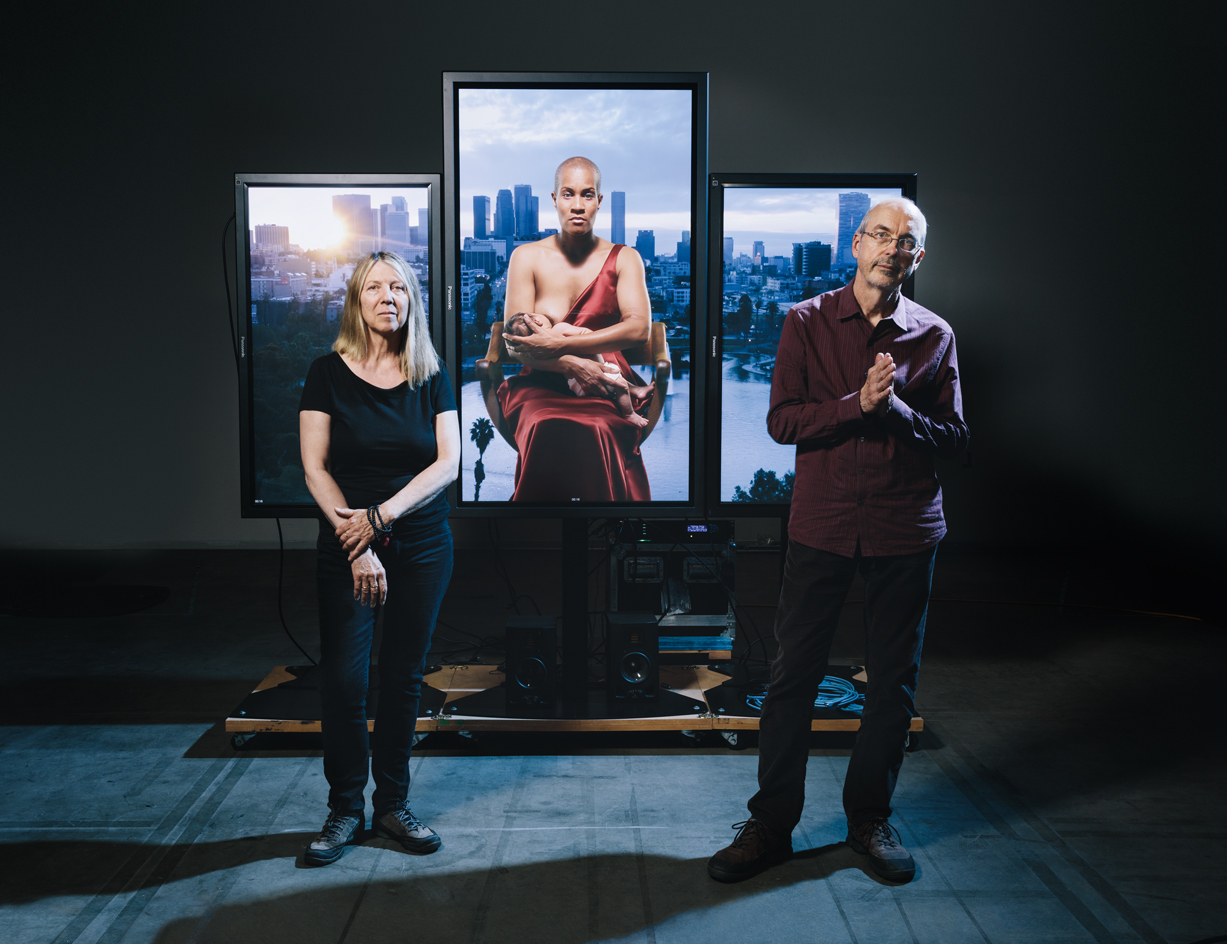
The industrial wasteland of Signal Hill, California, with its pumping oil derricks and fast-food restaurants, couldn’t be further from the transcendent tranquility of Christopher Wren’s London, but it is here that renowned artist Bill Viola has completed his second commission for St Paul’s Cathedral.
Inside a one-storey stucco building, Viola and his wife and creative partner Kira Perov maintain a suite of offices that hum with efficient energy. After 11 years, they are putting the finishing touches on Mary, the video installation that will open on 8 September, official birthday of the Virgin Mary. It is a companion to the artist’s video Martyrs, installed on the opposite side of the High Altar two years ago.
The three vertically-oriented plasma screens, 65in in the centre, flanked by two shorter ones that are 50in each, emulate the proportions of an Italian Renaissance triptych. Hunched over in a folding chair, Viola stares hard at the screens. He and Perov have watched the video thousands of times but still need to fine-tune details, especially the exquisite pacing that is a hallmark of his work.
The opening sequence is simply stunning. A beautiful black woman with closely cropped hair plays the Madonna. She gazes straight at us with an expression of compassion while her baby suckles at one breast. At first, it appears to be a still image but slowly she turns her face down to the child. Behind her looms the glittering, glassy skyline of downtown Los Angeles and MacArthur Park lake, but they are time-lapse images racing by. The speeding lights of cars, clouds scudding across the sky, the sun rising and setting, all is motion and chaos while the Madonna in her red gown sits peacefully, aloof from the mundane chaos of daily life. Her place is eternal.
‘This is the hardest thing I’ve ever done,’ says Viola. He spent eight years researching by reading books about the historic and religious figure of Mary, including one about black Madonnas. On a visit to Santa Maria de Montserrat in Catalonia, he and Perov saw the renowned 12th-century sculpture of the dark-skinned Madonna and child. ‘That started something,’ says Viola. ‘I got really excited and started to look for things that could converge with each other. It was perfect timing.’
Viola’s videos rarely imply narrative continuity, so he felt stymied by having to work from the story of Mary’s life. In addition, he felt intense pressure from the ways the Virgin Mary had been portrayed by the greatest artists for two millennia of Western history. He and Perov started and stopped work on the project for five years. Finally, he says, ‘I gave up.’
Very quickly thereafter, he was able to conceptualise Martyrs and complete the installation, which stands above the spot where Wren himself is buried. Four vertical plasma screens each depict an individual figure tormented by one of four natural elements: earth, air, fire and water. Despite their electronic media, Viola considers these pieces to be ‘practical objects of traditional contemplation and devotion’. The UK’s Guardian newspaper called it ‘a hi-tech Caravaggio that redefines religious art’, while the artist explained that Martyrs was about individuals being ‘faithful to values, beliefs and principles’.
Viola himself has been being faithful to his principles for 40 years, despite working in opposition to most contemporary art, which is largely scornful of such sincerity. A pioneer of video art, Viola, now 65, has been regarded as a master of the moving image since the early 1970s when, as a student at Syracuse University in New York, he studied and worked with avant-garde composer David Tudor. Living in Long Beach, California, with Perov and their two sons, Blake and Andrei (named after William Blake and Andrei Tarkovsky) since 1981, Viola has continually expanded his studies of Zen Buddhism, Islamic Sufism and Christian mysticism.
With his 1983 installation Room for St John of the Cross, a monastic room with recordings of whispered poems by the 16th-century Spanish mystic, Viola made an overt commitment to an art that explored spiritual search and issues of faith. In 1996, he was commissioned to create a video installation at the 900-year-old Durham Cathedral.
The Messenger, which now belongs to Tate, featured an indistinct form that breaks abruptly through the tranquil surface of water as the body of a naked man. It was the first video installation to be acquired by a religious institution, the Church of England.
Despite this impressive track record, it was a struggle to complete Mary. Perov explains the breakthrough: ‘Then the predella idea came in. But it almost killed us.’
In the early Italian Renaissance paintings that have been important to Viola since the early 1970s, when he worked for two years at the gallery Art/tapes/22 in Florence, the predella offered a manner of expanding on biblical stories in small panels along the base of an altar. A grid of six moving images arrayed on either side of the central screen suggests aspects of Mary’s personal journey as she walks alone beneath rocky red cliffs shot in Zion, Utah, or the harsh nocturnal desert around the Salton Sea, which is shot in black and white. The entire piece culminates with the Pietà, clearly based on the Michelangelo sculpture, with the body of Christ lying in the lap of a young white Madonna, hooded in blue and sitting before a landscape of ruins with an expression of infinite sorrow. Her hand caresses her son’s cold leg before the colour fades to grisaille, so the scene appears to be behind a veil of rain. The piece is an aggregate of suggestion, though it touches on five literal points: the birth of Christ, Mary’s journey, the life of Mary, her dreams and premonitions of her son’s death, and the Pietà.
Viola says it was Perov, who has worked with him for almost 40 years, who put the project on the right track. ‘The feminine principle, that was what was missing,’ she says. ‘It is the life of Mary but in an oblique and symbolic way. It’s not just Christian imagery.’
Viola’s mother was English and Anglican, his father first-generation Italian Catholic. ‘I’m at the cusp of it,’ he says. ‘You feel it. It’s profound. The things you do that are most powerful are always under the radar.’ Perov was raised in the Russian Orthodox church and still loves the appearance of icons. They point out that the story of Mary is cross-cultural, recounted in the texts of many religions, including the Quràn.
Both Martyrs and Mary are gifts from Viola and Perov to Tate but on long-term loan to St Paul’s, a shared commitment to contemporary art from either end of the Millennium Bridge. Tate also owns Viola’s Nantes Triptych, 1992, of a woman giving birth, a man floating, and a woman dying. Like Martyrs, the metal stand for the installation of Mary has been designed by the architectural firm Foster + Partners.
From a larger perspective, there is much attention being paid to Viola in the next year. The first monograph, published by Thames & Hudson, coincides with surveys of his work opening in 2017 at Palazzo Strozzi in Florence, Deichtorhallen in Hamburg and the Guggenheim Museum in Bilbao.
But Viola seems unfazed by awards and acclaim. In something of an awestruck tone, he claims that nothing compares with seeing his work in a sacred site like St Paul’s. ‘Working in a cathedral is so powerful,’ he says. ‘It really comes to you from your gut.’
As originally featured in the October 2016 issue of Wallpaper* (W*211)
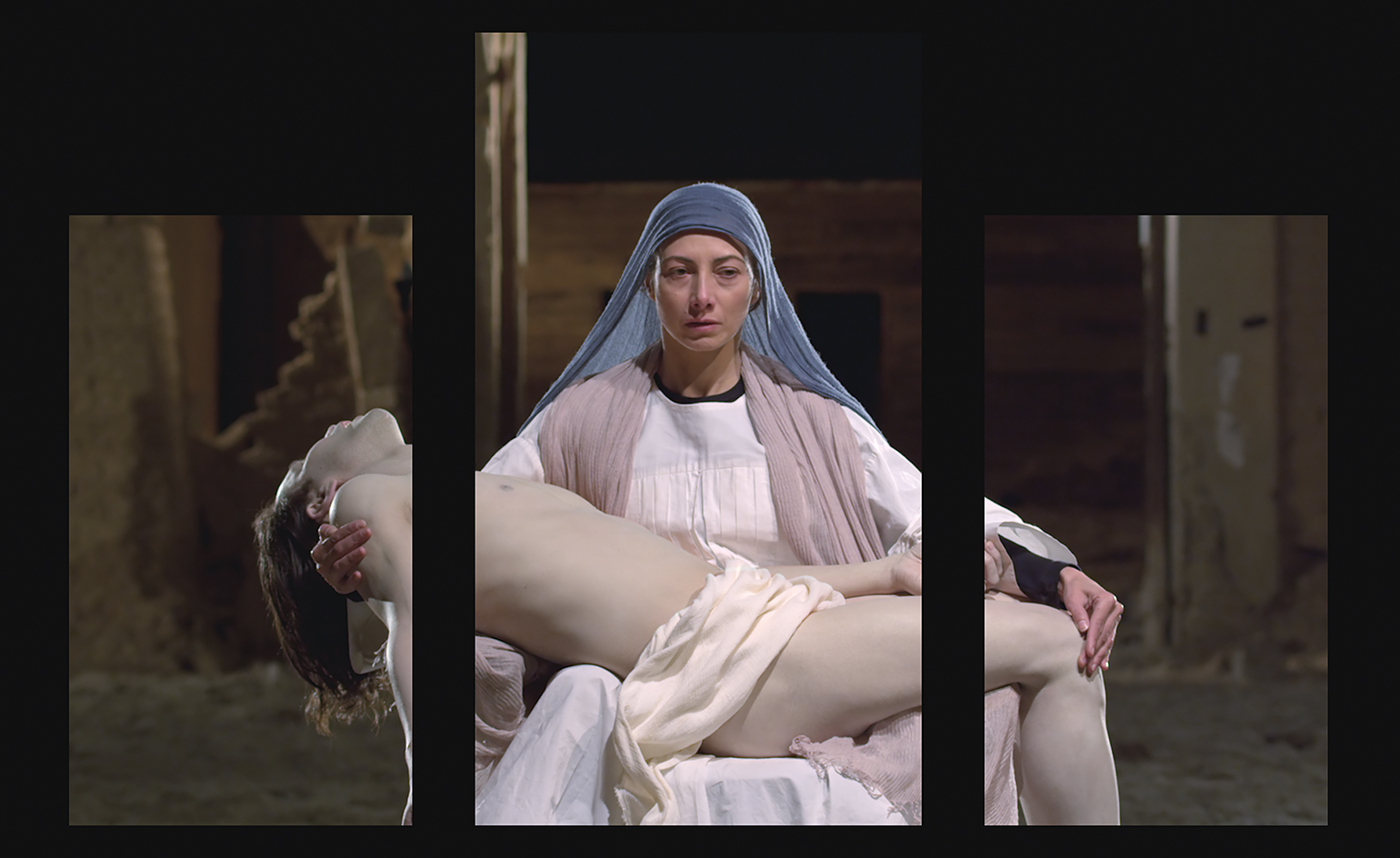
Another still from Viola’s Mary, 2016. Photography: Kira Perov
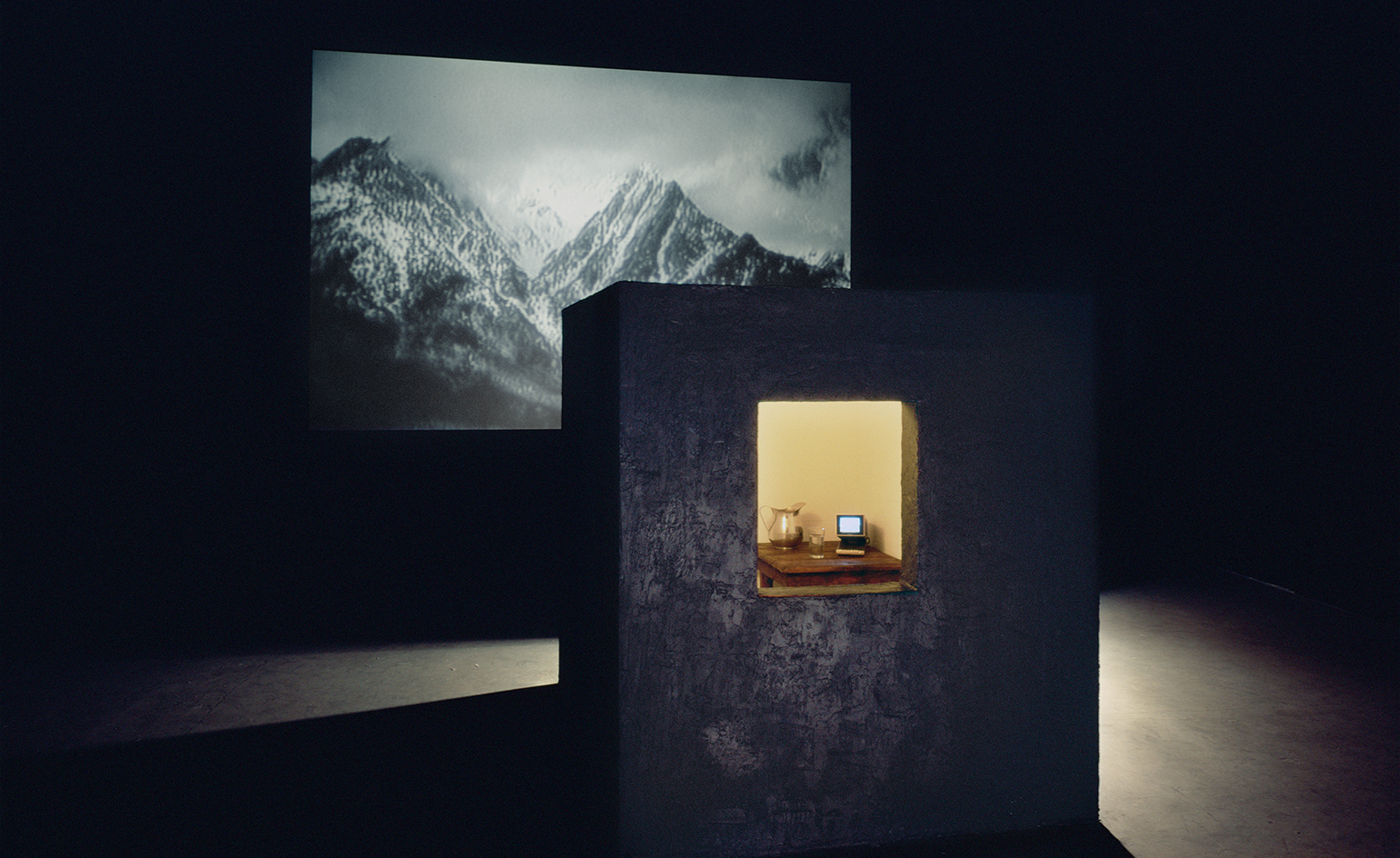
Viola’s Room for St John of the Cross, 1983, video/sound installation. Photography: Kira Perov
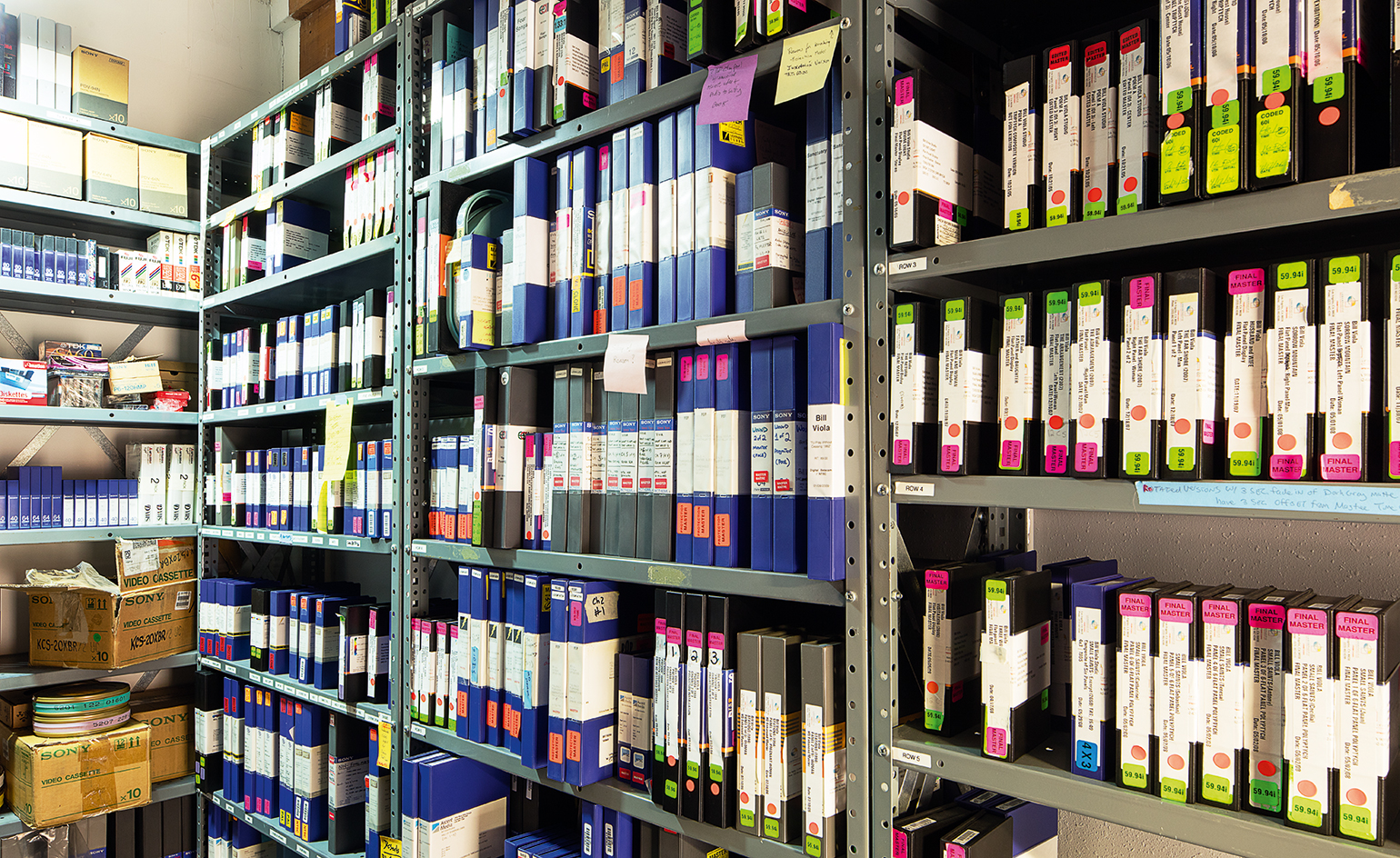
The videotape archive at the artist’s studio. Photography: Jesse Chehak
INFORMATION
For more information, visit Bill Viola's website
ADDRESS
St Paul's Churchyard
London
EC4M 8AD
Receive our daily digest of inspiration, escapism and design stories from around the world direct to your inbox.
-
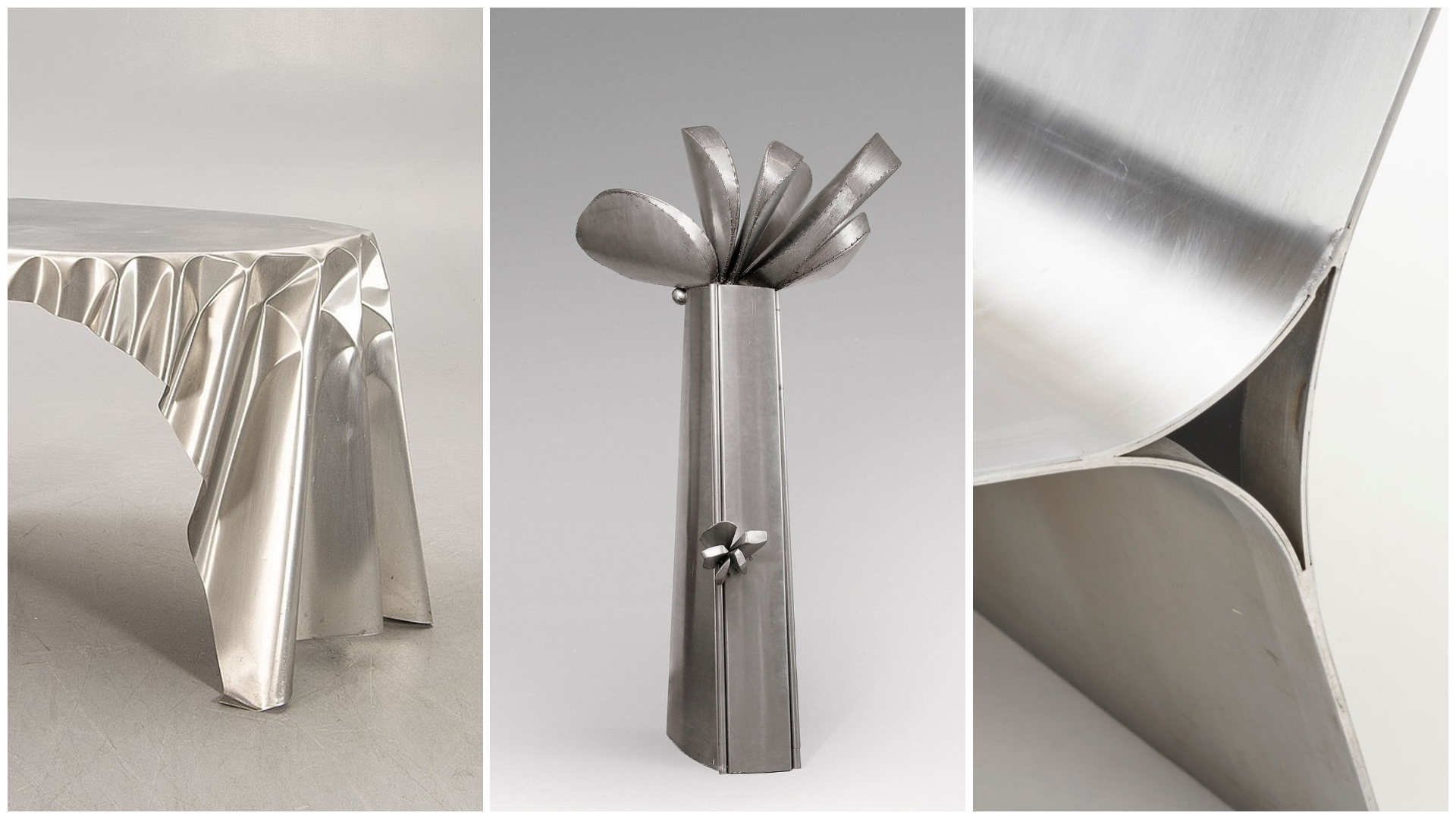 An inox-fanatic's love letter to stainless steel
An inox-fanatic's love letter to stainless steelUltimate stainless steel fan Levi Di Marco has been documenting inox designs on his social media platform @tutto_inox: we asked him to tell us about his not-so-mild obsession and share some of his favourite examples of inox design
-
 Porthmadog House mines the rich seam of Wales’ industrial past at the Dwyryd estuary
Porthmadog House mines the rich seam of Wales’ industrial past at the Dwyryd estuaryStröm Architects’ Porthmadog House, a slate and Corten steel seaside retreat in north Wales, reinterprets the area’s mining and ironworking heritage
-
 The Testament of Ann Lee brings the Shaker aesthetic to the big screen
The Testament of Ann Lee brings the Shaker aesthetic to the big screenDirected by Mona Fastvold and featuring Amanda Seyfried, The Testament of Ann Lee is a visual deep dive into Shaker culture
-
 Out of office: The Wallpaper* editors’ picks of the week
Out of office: The Wallpaper* editors’ picks of the week'Tis the season for eating and drinking, and the Wallpaper* team embraced it wholeheartedly this week. Elsewhere: the best spot in Milan for clothing repairs and outdoor swimming in December
-
 Out of office: The Wallpaper* editors’ picks of the week
Out of office: The Wallpaper* editors’ picks of the weekFar from slowing down for the festive season, the Wallpaper* team is in full swing, hopping from events to openings this week. Sometimes work can feel like play – and we also had time for some festive cocktails and cinematic releases
-
 The Barbican is undergoing a huge revamp. Here’s what we know
The Barbican is undergoing a huge revamp. Here’s what we knowThe Barbican Centre is set to close in June 2028 for a year as part of a huge restoration plan to future-proof the brutalist Grade II-listed site
-
 Out of office: The Wallpaper* editors’ picks of the week
Out of office: The Wallpaper* editors’ picks of the weekIt’s wet, windy and wintry and, this week, the Wallpaper* team craved moments of escape. We found it in memories of the Mediterranean, flavours of Mexico, and immersions in the worlds of music and art
-
 Each mundane object tells a story at Pace’s tribute to the everyday
Each mundane object tells a story at Pace’s tribute to the everydayIn a group exhibition, ‘Monument to the Unimportant’, artists give the seemingly insignificant – from discarded clothes to weeds in cracks – a longer look
-
 Out of office: The Wallpaper* editors’ picks of the week
Out of office: The Wallpaper* editors’ picks of the weekThis week, the Wallpaper* team had its finger on the pulse of architecture, interiors and fashion – while also scooping the latest on the Radiohead reunion and London’s buzziest pizza
-
 Out of office: The Wallpaper* editors’ picks of the week
Out of office: The Wallpaper* editors’ picks of the weekIt’s been a week of escapism: daydreams of Ghana sparked by lively local projects, glimpses of Tokyo on nostalgic film rolls, and a charming foray into the heart of Christmas as the festive season kicks off in earnest
-
 Wes Anderson at the Design Museum celebrates an obsessive attention to detail
Wes Anderson at the Design Museum celebrates an obsessive attention to detail‘Wes Anderson: The Archives’ pays tribute to the American film director’s career – expect props and puppets aplenty in this comprehensive London retrospective